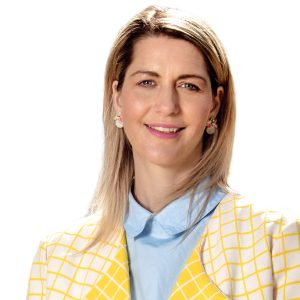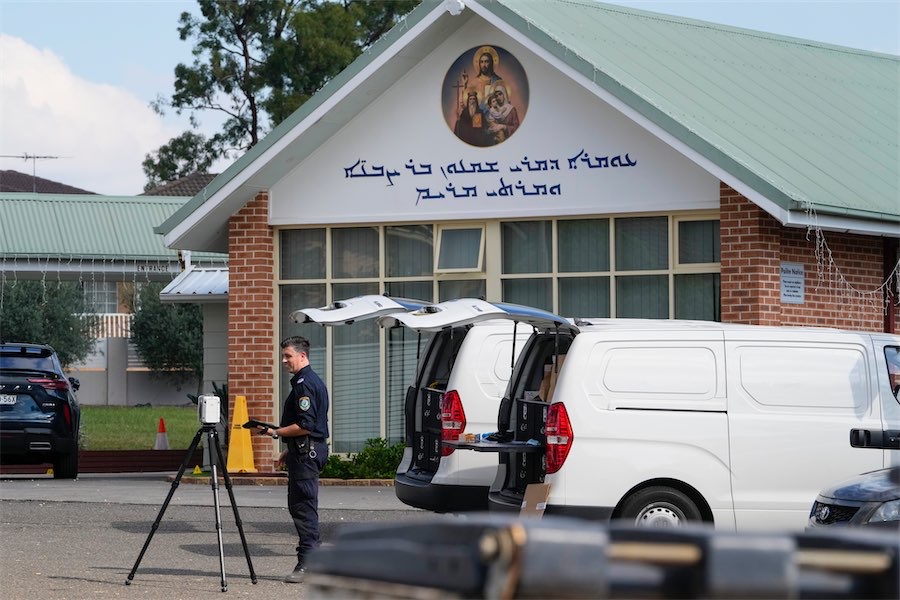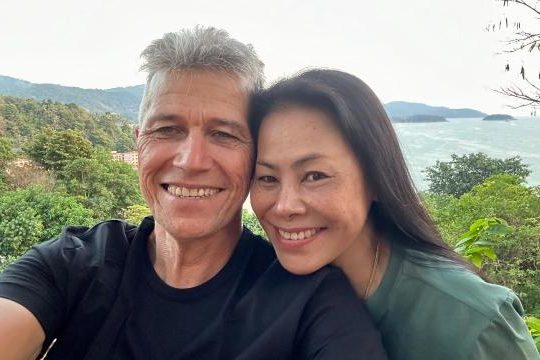Political reporter BELINDA STRAHORN looks at the election campaign that was… warts, promises and all.
CANBERRANS will decide who governs the territory for the next four years on Saturday (October 17).

Labor leader Andrew Barr and Canberra Liberals leader Alistair Coe, along with all the other candidates, can see the finish line as the parties make last-minute appeals for support.
This election has been far from dazzling. The leader’s debate, usually a meaty affair, was pretty tame.
Unlike the hysteria and vitriol that seems to be an inevitable feature of more recent political campaigns, this one, in comparison was pretty uneventful. Despite bordering on tedium, the major parties have run relatively well managed campaigns despite COVID-19 bringing many challenges to the campaign trail.
This election is unique in that up to 80 per cent of voters are expected to have voted before election day. This means the parties are appealing to a smaller number of voters in the final week of the campaign than in previous times.
While the major parties have managed to dodge major gaffes of late, there were a few clangers early on. Canberra Liberal candidate Peter McKay was asked to resign over racial and homophobic comments he made to a federal enquiry in 2018, while another Liberal candidate, Vijay Dubey, was dumped following a spat within the party over campaign resources, with Dubey defecting to the Belco Party.
While unplanned departures of endorsed candidates dogged the Liberals, it was perhaps the swipe by the Labor leader at one his predecessors that was the talk of the campaign.
In what was arguably the best one-liner of the season, Andrew Barr said: “That’s not something I give a rat’s arse about, frankly”. He was, of course, referring to former Labor chief minister Jon Stanhope’s commitment to chair a Canberra Liberals’ promised poverty taskforce and whether his decision to consort with the enemy would jeopardise Stanhope’s life membership with the Labor Party. Finally, something grunt-worthy in an otherwise ho-hum campaign.
If watching your lips during an election campaign is a golden rule, then what you put on your office wall is another, as ACT Labor candidate Maddy Northam found out.

The candidate for Kurrajong was photographed in her campaign office in front of a small hammer and sickle picture, a symbol of the Soviet regime. The photo drew criticism from the Canberra Liberals who described the symbol as deeply offensive. Northam, also president of UnionsACT, dismissed the criticism as a political smear.
Meantime, Labor candidate Dr Brendan Long, who’s no stranger to breaking ranks with his party, landed himself in hot water with Labor heavies over comments he made about increasing Catholic school funding, chaplain programs and euthanasia.
While Labor and the Liberals dodged a few bullets here and there, the Greens, minor parties and independents came off relatively unscathed.
The major parties in this election built their campaigns around market research and the messages they believed would influence how Canberrans voted.
Labor’s slogan, a late entry in the campaign, was “Progressive. Experienced” seeking to champion continuity of leadership in a time of uncertainty.

The Liberal’s slogan, “There is a better way” is a call for change and a break from the old ways of doing things and the Greens slogan, “Building a better normal”, sells the notion of an idealised version of what life can be like.
While Labor’s campaign battleground was fought over education, health and jobs, the Liberals targeted the hip pocket, designed to attract support with lower taxes and more financial incentives to work, live and invest in the ACT. The party had a “cost-of-living” campaign message they didn’t stray far from.
While this was to be an election fought on rates, buses, the tram, the hospital and climate, the covid pandemic brought a whole new factor to the campaign front.
Most other health policy issues were drowned out by the urgency of dealing with the COVID-19 crisis, but important things such as the hospital upgrade had been pushed further back. Voters shouldn’t let Labor or the Liberals off the hook on this, Canberra desperately needs a hospital upgrade and shouldn’t be forced to wait an eternity for it.
It wouldn’t have been an ACT election without some further announcement being made about the extension of the tram to Woden and the political posturing by both parties around the issue.

Early in the campaign, Labor ceded the high moral ground to its Liberal opponents, in the aftermath of its controversial North Curtin horse paddocks land swap deal with the NCA, gifting the Liberals the perception of greater planning transparency than they might otherwise have enjoyed, and left Labor’s reputation in planning matters in tatters.
The rates issue also bit hard. After rates tripled under Labor, the Liberal Party pledged to freeze residential rate rises for four years, then went on to promise a hold on commercial rates, too.
Soon after Barr announced his own rates freeze as part of the COVID-19 recovery plan, with Coe labelling the move “cynical”, suggesting it was an admission to an unfair rates regime.
While the leaders traded blows over rates, Labor promised to build new schools and upgrade existing ones. The Liberals also pledged money for school maintenance upgrades, a commitment that came after unsafe levels of lead were found in 11 classrooms at Yarralumla Primary School. They’ll also fund a teacher librarian in every school and roll out flashing lights at all school crossings.
Both major parties have avoided the major shakiness that has been the trademark of their federal peers over the last decade. Coe and Barr have remained relatively safe in their roles, though suffering some setbacks, they haven’t faced major leadership challenges within their own parties.
While Labor has enjoyed advantages of incumbency, the Liberals have struggled at times to define an ideology from Opposition. Its wrestled with notions of liberalism and economic conservatism, but it’s still unclear what sort of government Coe would lead beyond the fact it would be economically responsible, champion lower taxes and attract more people to settle in the ACT.
Coe’s conservatism is a two-edged sword, it can discredit him in the eyes of voters but could also work in his favour because it will bolster his economic credentials as an alternate leader.
Despite all the political posturing, this election outcome could be anything but straightforward. Should Labor be deprived of a working majority with the Greens, it could fall to an independent or minor party member of the ACT Assembly to play kingmaker and install the first Liberal government in almost 20 years. Whichever way the numbers fall on election night, it’s likely to be a close run for both sides.
Who can be trusted?
In a world of spin and confusion, there’s never been a more important time to support independent journalism in Canberra.
If you trust our work online and want to enforce the power of independent voices, I invite you to make a small contribution.
Every dollar of support is invested back into our journalism to help keep citynews.com.au strong and free.
Thank you,
Ian Meikle, editor





Leave a Reply